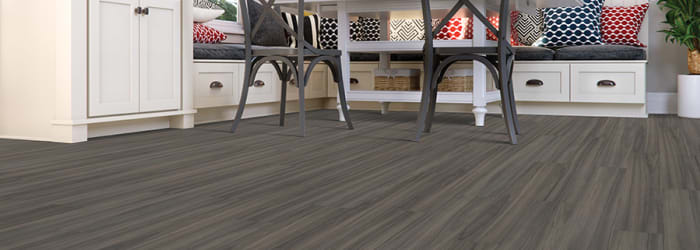
Can I get a stone look from luxury vinyl flooring?
When you need the perfect luxury vinyl flooring for any room, you’ll find plenty of products available. These surfaces offer beauty, durability, and a reasonable lifespan that you’re sure to love, regardless of your need.To find the perfect match,...









